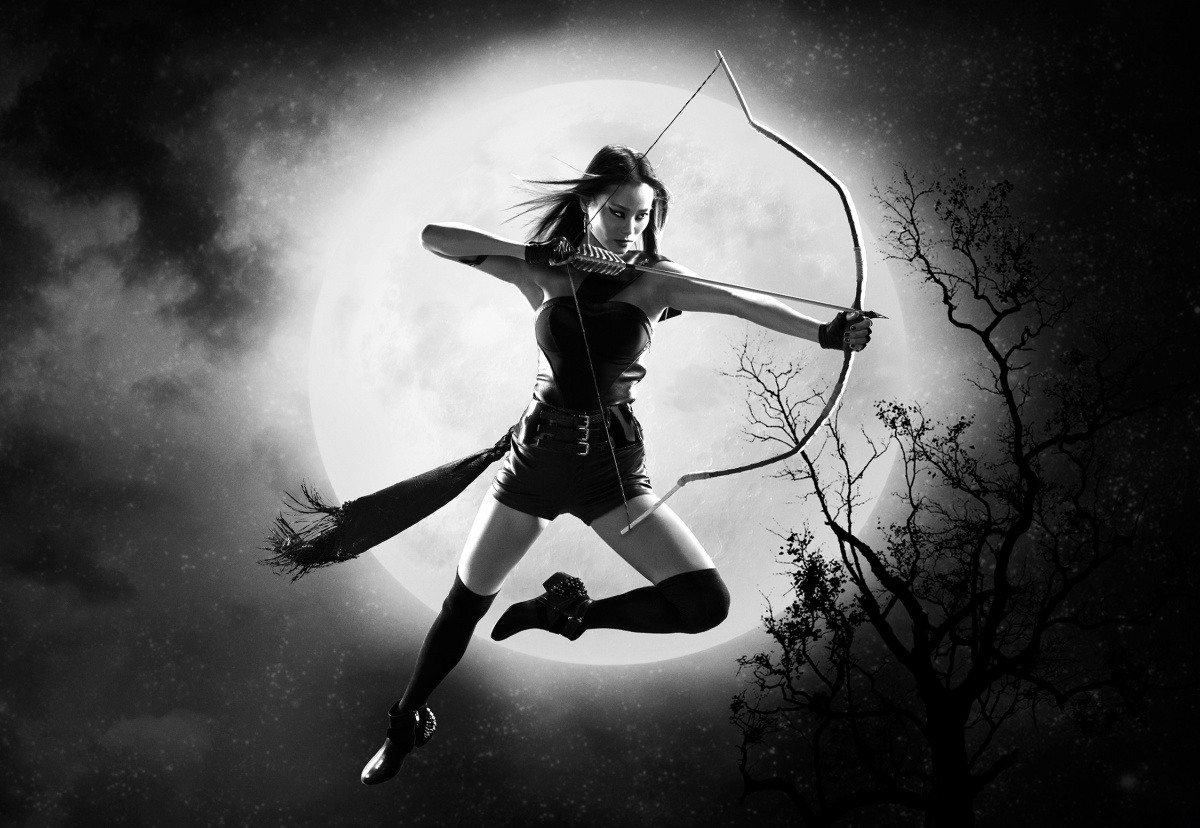Paul Thomas Anderson (‘The Master’ 12, ‘There Will Be Blood’ 07, ‘Boogie Nights’ 97) directs and adapts for the big-screen Thomas Pynchon’s 2009 novel of the same name, about dope addled private investigator Larry ‘Doc’ Sportello in 1970’s Los Angeles who is sent on an abduction case, against the backdrop of a cultural kickback taking aim at the ‘free love’ of the hippy generation. The novel is comedic as well as serious and Anderson’s writing sometimes hits the mark with the comedy but it fails on every other point, neither giving us a realistic or engaging sense of the issues of the day nor making the noir style detective story comprehensible or engaging. Even the actors, Benicio Del Toro especially at one point, look irked by the lack of structure around them and if you are looking for an involving story then you can absolutely forget this.
The director’s skill behind the camera, however, has allowed to him to create a very unique quasi-surrealism, in fact just watching it makes you feel as if you are on drugs which is a singularly impressive feat, if at times an uneasy one. Similarly, sex appeal is littered around the movie but when, at one moment in particular, there is a deliberate attempt to be erotic it falls pretty short of it. Joaquin Phoenix is brilliant as Sportello and he is accompanied by Josh Brolin, Katherine Waterston, Owen Wilson, Hong Chau, Martin Short, Reese Witherspoon and Joanna Newsom who narrates the story but unfortunately the style of narration adds to the underlying soporific nature of the film and is a major hindrance. Anderson has successfully recreated the same feeling that must have inspired him to adapt the novel in the first place, but failure to properly fire the comedy more often and the complete absence of a decipherable plot leaves the film’s appeal unnecessarily limited.




